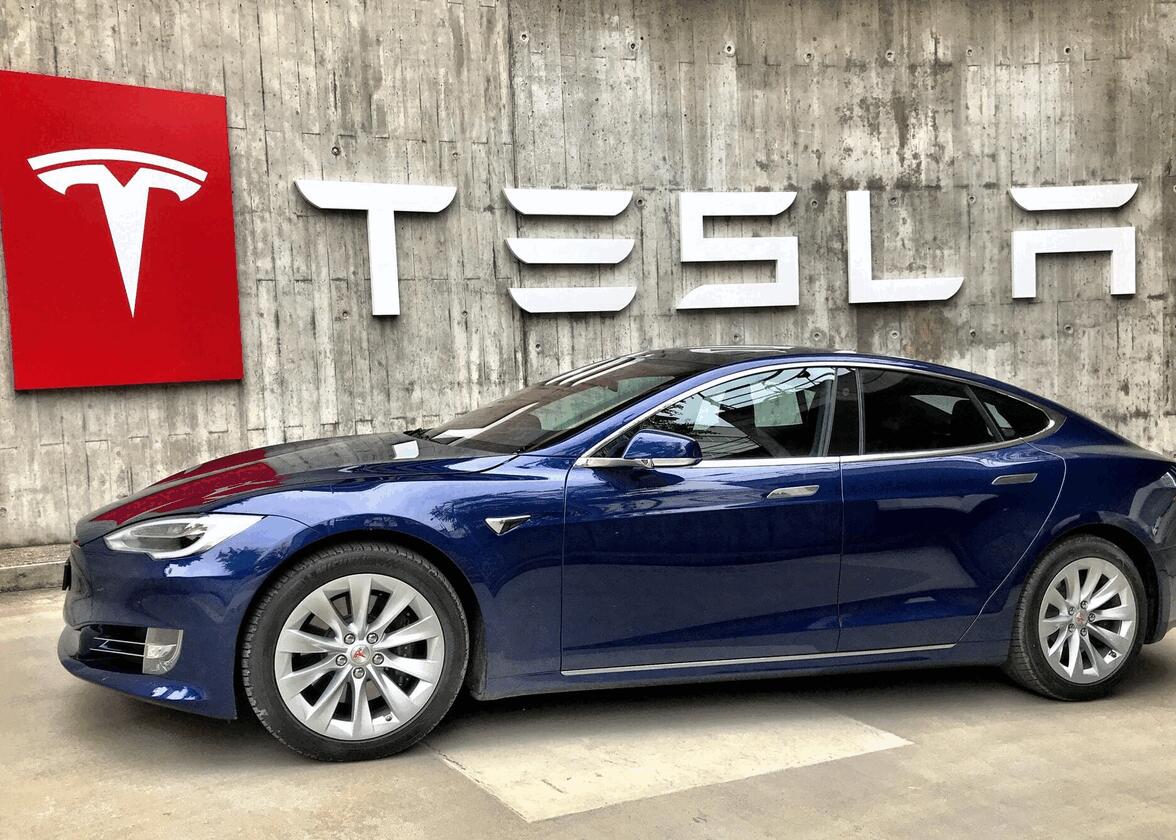Tesla, Inc. has rapidly evolved from a niche electric vehicle (EV) startup to one of the most influential companies in the automotive and energy sectors worldwide. Founded in 2003 by engineers Martin Eberhard and Marc Tarpenning, Tesla’s vision was simple: to accelerate the world’s transition to sustainable energy. Over the years, Tesla has become synonymous with innovation, disrupting traditional industries and pushing boundaries in vehicle electrification, autonomous driving, renewable energy, and even space exploration, through its founder Elon Musk’s leadership. This article explores the rise of Tesla in the USA, its impact on the automotive industry, its expansion into renewable energy, and the challenges and future prospects that lie ahead for this groundbreaking company.
Tesla’s Early Beginnings and the Path to EV Dominance
Tesla’s journey began with the goal of creating a mass-market electric car that could compete with gasoline-powered vehicles. The company’s first model, the Roadster, released in 2008, was a high-performance electric vehicle based on the Lotus Elise chassis. While the Roadster was a small-scale production, it showcased Tesla’s potential to revolutionize the automotive market by offering a practical, desirable alternative to traditional vehicles. With a range of over 200 miles per charge—an impressive feat at the time—the Roadster set the stage for what was to come.
In 2012, Tesla launched its first mass-market electric sedan, the Model S. With this car, Tesla made a significant leap in terms of both performance and design. The Model S combined cutting-edge technology with a luxurious feel, and its long-range capabilities broke the mold of what people expected from electric cars. As electric vehicles became more mainstream, Tesla cemented its place as the leader in the EV industry in the USA and began to influence other automakers to follow suit.
Transforming the Automotive Industry
Tesla’s impact on the automotive industry has been profound. Before the launch of Tesla, electric cars were largely viewed as impractical, with limited range and high prices. Tesla’s ability to produce an electric vehicle with range comparable to gasoline cars, combined with its advanced tech features, changed that perception. It wasn’t just about building electric cars; it was about creating a new ecosystem for them.
One of Tesla’s most significant innovations has been its Supercharger network, a fast-charging infrastructure that allows Tesla owners to recharge their vehicles quickly and easily, making long-distance travel possible without the range anxiety often associated with electric vehicles. This charging network, which now spans thousands of locations in North America, Europe, and Asia, has made owning a Tesla more practical than ever, especially for those who live in areas where public charging infrastructure is sparse.
Tesla’s commitment to autonomous driving technology has also set it apart from traditional automakers. Through its Autopilot and Full Self-Driving (FSD) features, Tesla has been at the forefront of the race to develop fully autonomous vehicles. While these features are not yet fully autonomous, Tesla has made significant strides in artificial intelligence and machine learning to improve driver assistance systems. This focus on cutting-edge technology has made Tesla’s vehicles attractive to tech enthusiasts and early adopters, while also raising questions about the future of driving and the regulatory environment surrounding autonomous vehicles.
Expansion into Renewable Energy: Solar and Energy Storage
Tesla’s influence goes beyond the automotive world. Under Elon Musk’s vision, the company has expanded its focus into renewable energy and energy storage. The acquisition of SolarCity in 2016, a company founded by Musk’s cousins, was a major move to position Tesla as a leader in the clean energy sector. Tesla’s solar products, such as solar panels and the Solar Roof, aim to make renewable energy more accessible and efficient for homeowners and businesses alike. The Solar Roof, in particular, has been hailed as a revolutionary product because it integrates solar panels directly into roofing tiles, making it possible to generate electricity without traditional, bulky solar panels.
Tesla’s commitment to sustainable energy extends to energy storage solutions. The company’s Powerwall, Powerpack, and Megapack products are designed to store energy generated from solar panels or the grid, allowing homeowners and businesses to use renewable energy even when the sun isn’t shining or during peak demand times. This technology is particularly important in regions with unreliable power grids or frequent outages, such as California, where Tesla’s energy storage systems have been deployed to help stabilize the grid.
With these energy products, Tesla is not just disrupting the automotive industry; it is reimagining how energy is produced, stored, and consumed. By integrating solar and energy storage into the company’s mission, Tesla aims to provide a holistic solution for sustainable living—one that combines clean energy production, storage, and consumption into a seamless ecosystem.
Challenges and Criticism
Despite its many successes, Tesla has faced its fair share of challenges. One of the company’s ongoing struggles has been its ability to scale production and meet demand. In its early years, Tesla faced significant production delays and quality control issues, which sometimes led to customer dissatisfaction and negative press. The company’s ambitious goals, such as producing hundreds of thousands of vehicles annually and expanding its product offerings, have often been met with skepticism, particularly when Tesla fell short of production targets.
Elon Musk’s unconventional leadership style has also been a source of controversy. His outspoken nature on social media and sometimes erratic behavior have attracted both admiration and criticism. Musk has been involved in a number of public incidents, including Twitter rants that have led to legal battles with regulators such as the SEC, and statements that have raised doubts about the company’s direction. Despite this, Musk’s ability to inspire loyalty and excitement around Tesla has played a crucial role in the company’s success and has garnered a massive following of fans and investors.
In addition to production and leadership challenges, Tesla also faces increasing competition from traditional automakers that are now investing heavily in electric vehicles. Companies like General Motors, Ford, and Volkswagen have announced plans to produce electric cars in response to Tesla’s success. As these legacy automakers ramp up their EV efforts, Tesla’s market share and position as the dominant player in the electric vehicle market could come under pressure. However, Tesla’s early lead, brand loyalty, and technological advancements may help it stay ahead in the race.
Tesla’s Future: What Lies Ahead
Looking forward, Tesla’s future seems bright, although it is not without risks. The company’s ongoing innovation in electric vehicles and renewable energy positions it well to capitalize on the global shift toward sustainability. As governments worldwide implement stricter emissions regulations and provide incentives for electric vehicles, Tesla stands to benefit from these policies. Additionally, Tesla’s Gigafactories, which are being built in various parts of the world, are expected to significantly increase production capacity, enabling the company to meet the growing demand for its products.
Tesla’s ability to scale its production while maintaining its technological edge will be crucial in ensuring its continued success. If the company can maintain its leadership position in the electric vehicle and renewable energy markets, it has the potential to change the way the world thinks about transportation and energy consumption.
However, Tesla must also navigate the challenges of competition, regulatory scrutiny, and continued innovation. As new players enter the market, it will be important for Tesla to maintain its reputation for quality and innovation. The company’s next phase of growth will depend on its ability to execute its vision for the future while adapting to a rapidly changing global landscape.



